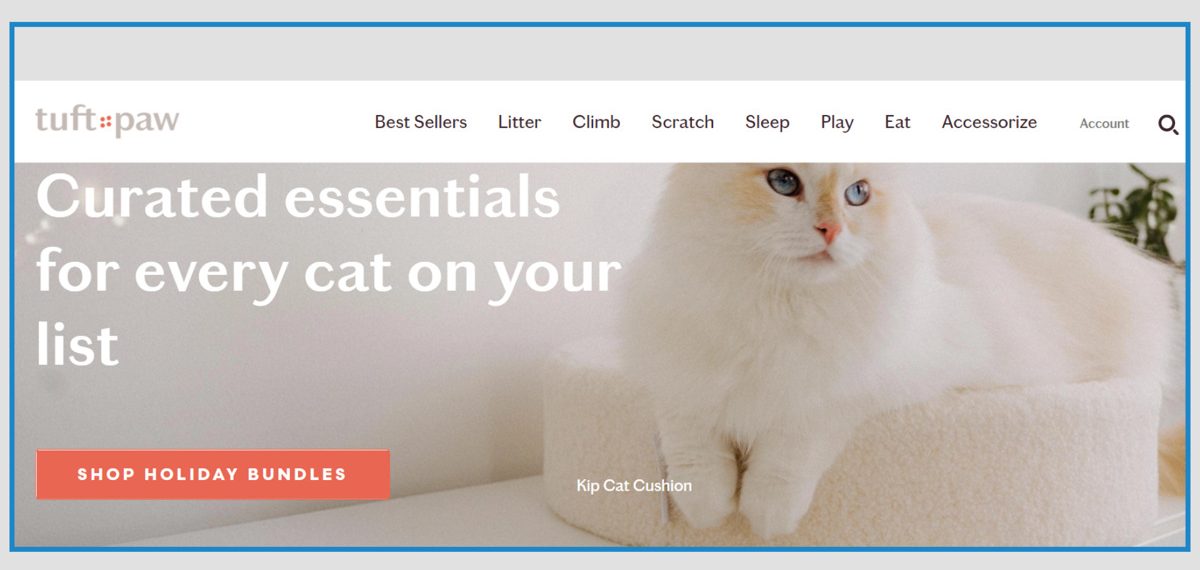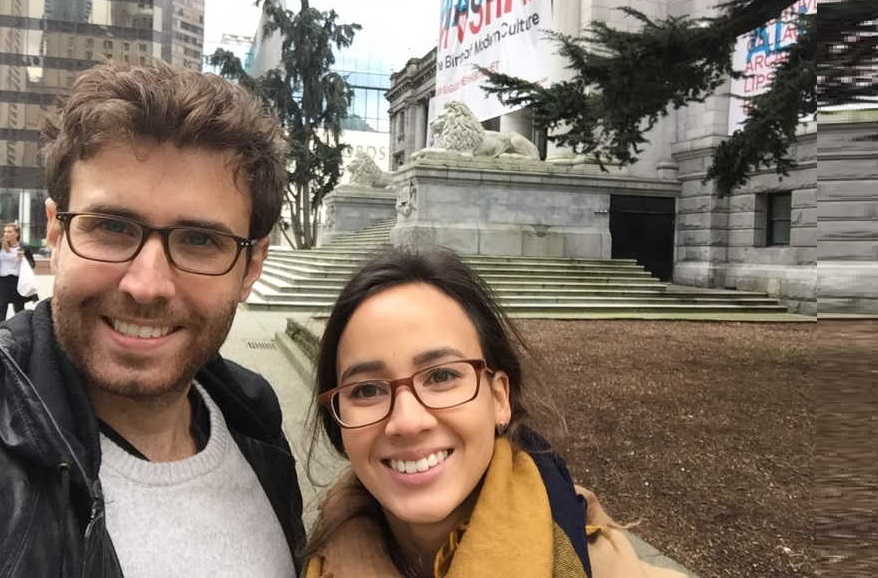
Start small. Experiment. Find what works. Grow. These are some of common startup advice. We all know about lean startup model, thanks to Eric Ries, where you start with an MVP, test it in the market, validate and then go on to build the product while finding early traction. The purpose is to save resources and reduce the risk of failure.
Starting lean means you can start with limited resources. It is easier to pivot and change course when you are lean. More importantly, if your MVP does not find a market, it does not cost you much. The cost of failure is minimum.
But what does starting lean exactly look like in practice? In an interview with FS, published in 2018, Tuft + Paw Founder Jackson Cunningham offers a practical example of how he started his company small and then gradually grew the business.
Tuft + Paw is an US-based online cat furniture maker and seller. Founded by Jackson and his girlfriend and Vanessa, the company started small with a team of a few people — "our team consists of myself, our product designer/engineer, our cat behavior consultant, and our digital marketing specialist" — and offering basic pet furniture. The company has since grown — "we've been doubling every few months for the last year and starting to get a lot of traction," Jackson told us at the time of the interview. Today, Tuft + Paw "creates modern, thoughtfully designed cat furniture that meets your cat’s needs, and enriches the spaces you share."
But in the early days, Jackson took a deliberate and start small approach to building the company. For example, he started it as a drop-shipping business before doing inventory. He made other similar decisions that helped the company build a strong foundation in those early days. Tuft + Paw offers an excellent of starting lean in practice. You can read the full interview here.
I started the company very lean and sort of approached it like planting a tree. I setup the website myself, created all the product images and descriptions and then started doing some outreach to get the word out.
Then it kind of sat in the background for about a year and slowly orders started trickling in.
As soon as we were getting a few orders a week, I ordered a small amount of inventory from my savings. It's been bootstrapped the entire way but we may be looking at funding as we start to design more complex products and our team continues to grow.

It's evolved a lot. We started by drop-shipping products, then we started inventorying products from around the world at our warehouse, and now we're starting to design some of our own products. Our revenue has grown primarily via PR outreach.
I learned that it's not a great idea to focus on short-term revenue targets. It can lead you to make decisions that are harmful to long-term growth and is also really stressful. It pays off to focus on the long term.
Complement this with our text course on how to start and run a startup in Bangladesh.
